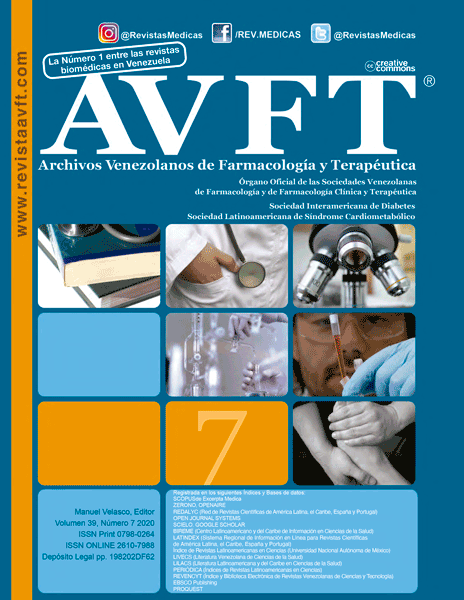Role of diffusion weighted MRI and ADC value in descrimination between low versus intermediate and high Gleason scores in peripheral zone prostate cancer
Keywords:
Diffusion-Weighted MRI, ADC Value, Intermediate and High Gleason Scores, Zone Prostate CancerAbstract
Prostate carcinoma is a major health issue affecting mainly aged males; Gleason Score (GS) obtained through histopathological study gives prediction about the biological behavior of the tumor as well as the management plan and prognosis of the patient. The aim of the study to correlate the apparent diffusion coefficient (ADC) values of prostate cancer with the Gleason score of tumor foci to assess the predictive capacity of ADC in discriminating between low grade (GS less than 7) forms higher grades (GS of 7 or more) tumor foci, aiding in the non-invasive assessment of prostate cancer aggressiveness. In this descriptive study, data of 35 patients with biopsy-proven prostate cancer localized to the peripheral zone obtained from the Urology Department including their biopsy and/or radical prostatectomy histopathological records. Subsequently, the MRI record system saved MRI Information retrospectively. The signal on the DWI image noted, corresponding ADC maps carefully examined, and ADC values of tumor foci recorded by two consultant radiologists. ADC values showed a significant negative correlation with tumor GS. ADC value of 0.75 × x 10̄³ mm²/s was the greatest limit value to recognize cancer or prostate with 6 GS, with 93% sensitivity and specificity. Our results demonstrated that the tumor Gleason Score, and therefore, the biological aggressiveness of the tumor is likely to be inferred from the ADC values of the tumor. The present study suggests that DWI allows the noninvasive assessment of biological aggressiveness of prostate cancer, which may contribute to devising initial treatment planning strategies.




